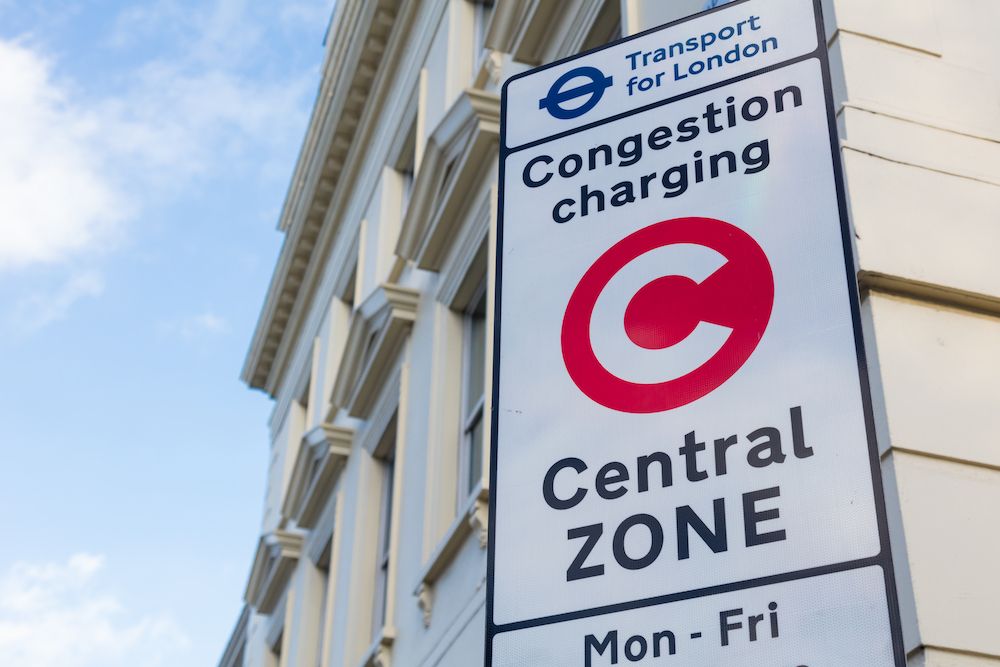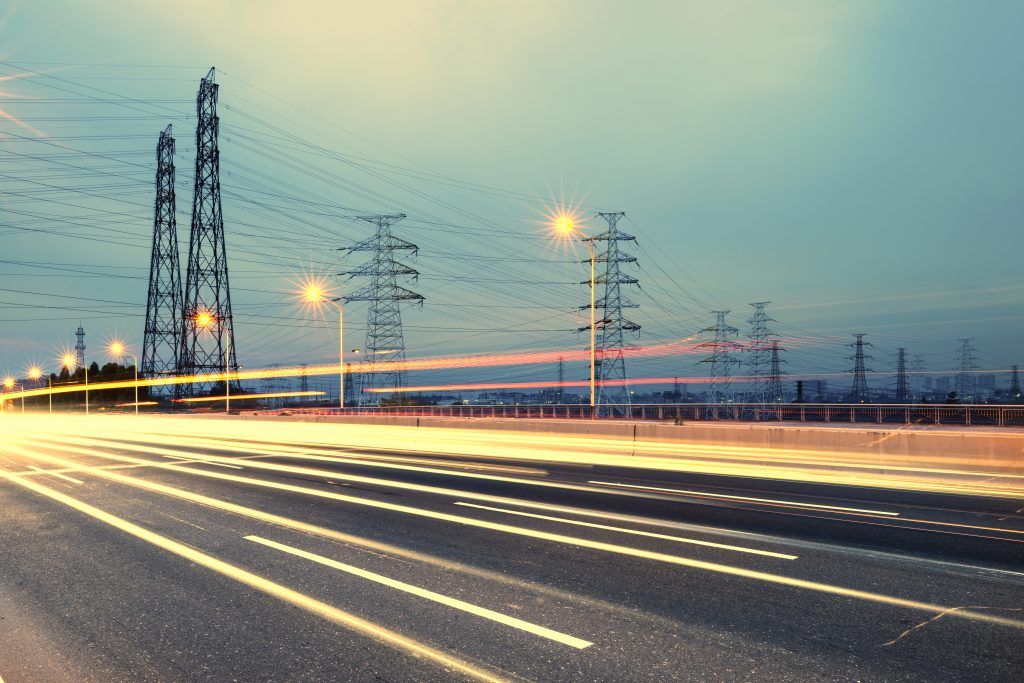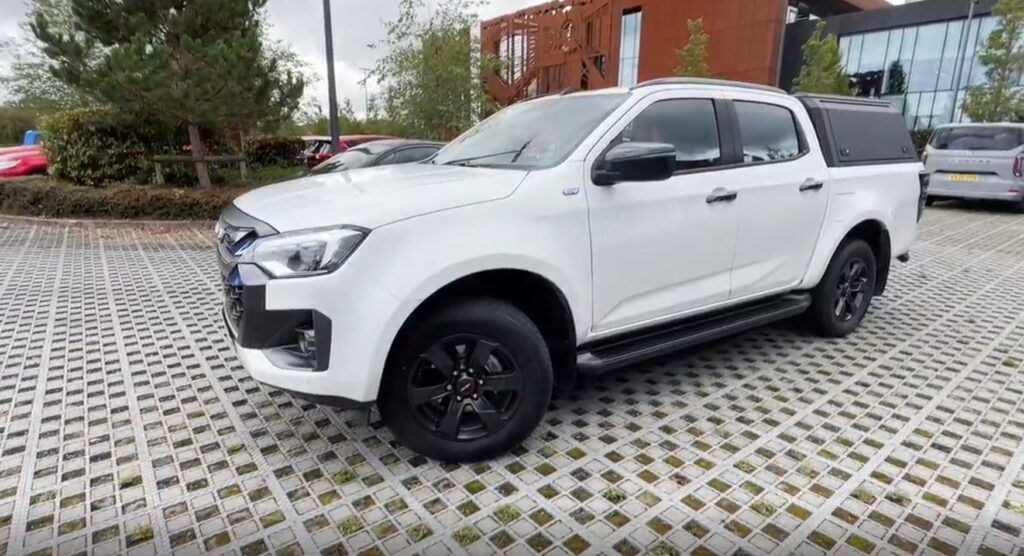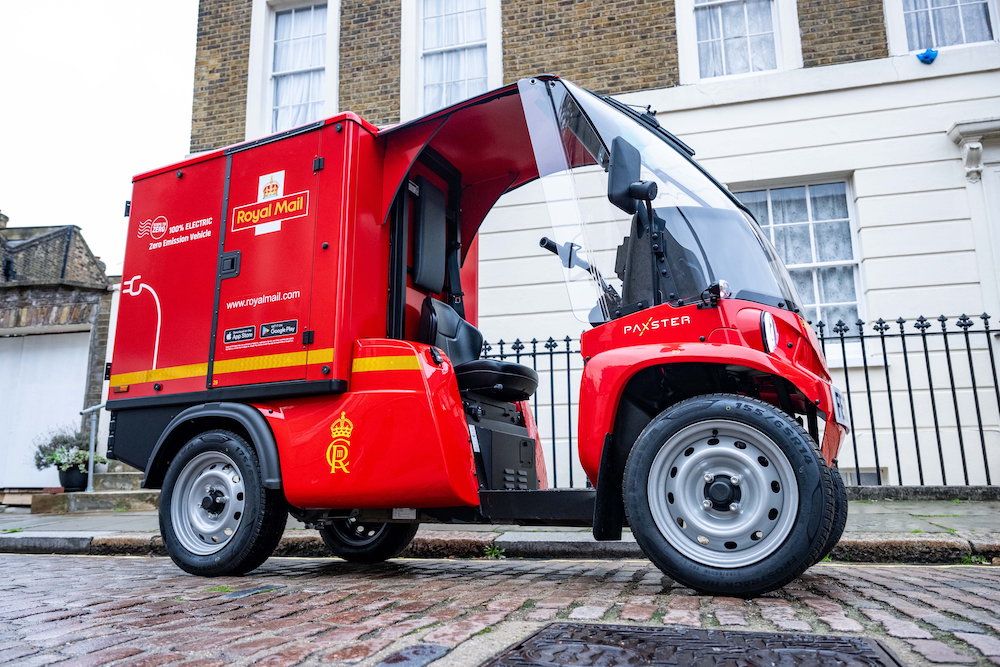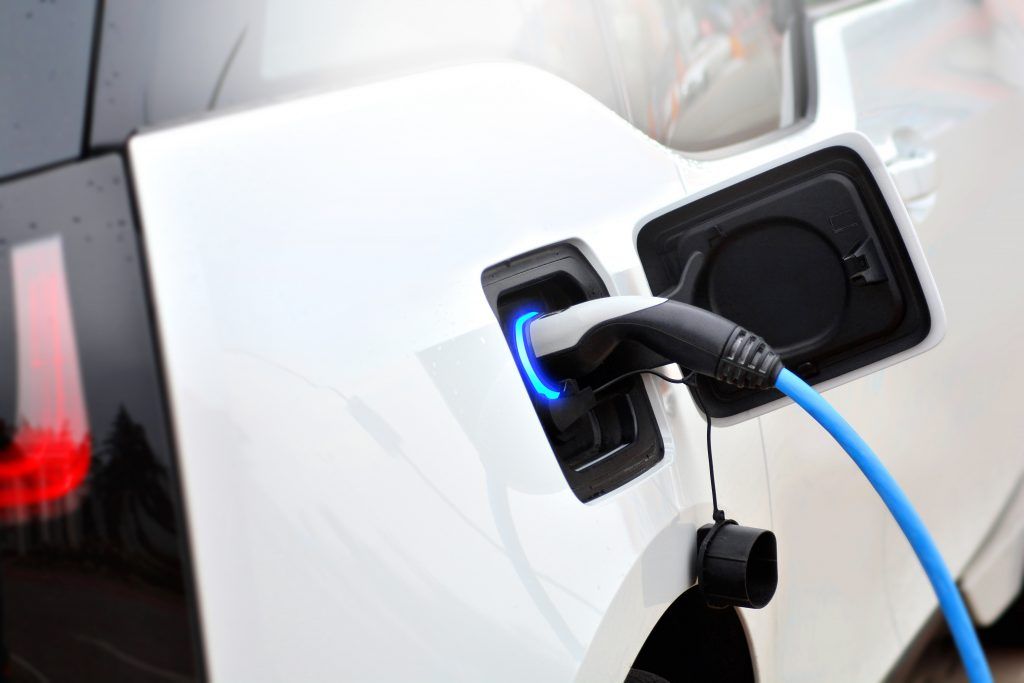As more industries turn to electricity to accelerate their decarbonisation strategies, the UK’s electricity infrastructure is under greater pressure than ever. In the light of this new energy demand, Giles Benbow, Senior Manager Business and Partnership Development at Mer calls for conversations around energy security, and securing solar energy and battery storage into the solutions, plus more.
The global energy infrastructure is facing new challenges as we strive to move away from carbon-emitting, fossil-fuelled energy generation towards renewable sources. The challenges go way beyond simply replacing one form of energy production with another. There is a whole new energy demand from industries that are switching away from gas, oil and coal to electricity. Transport is an obvious sector in transition. Electrification and e-mobility are key levers for delivering zero emissions. As well as the increasing take-up of electric vehicles for industrial and residential purposes, over half of the railway lines in Europe are already electrified. Sectors like domestic heating and some industrial processes are replacing their dependence on fossil fuels with electricity. All of which is giving rise to a new energy demand. As John Pettigrew, CEO of the National Grid has said, we will need to build about seven times as much infrastructure in the next seven or eight years than we have built in the last 32 years. A lot of this will be new infrastructure, not just ‘new’ in the sense of replacing or replicating the existing energy infrastructure, but involving radical new thinking around energy and providing access to energy.
Access to power
For electric vehicles, access to power is clearly essential, and the most reliable source of energy is the grid. Over the past 20 years, energy efficiency methods have helped to reduce consumption while energy generation assets have, on the whole, maintained the capacity to generate. So, you would think that there is sufficient supply to meet demand. Not so. The new energy demand is going to put much more pressure on supply, and especially on distribution. Access to power via the local, regional distribution network operators (DNOs) is the biggest pinch point. For anyone looking to electrify at scale, connecting to the grid is critical. There are pressures on both suppliers and consumers to future-proof access across all sectors, not just transport. Planning ahead and budgeting for the future is essential, and businesses need to start thinking about different solutions.
Accessing power using the current infrastructure will involve paying for any infrastructure upgrades necessary to get the power to where it is needed. A business that wants to electrify its fleet, for example, might be several kilometres away from the nearest substation or nearest access point to power. Groundwork is needed to create or upgrade the connection, and there is often a backlog of engineering works. Even a fully specified and approved project could be subject to a lengthy wait of some years for the necessary engineering work to bring it online. This means the business might have to reduce its electrification ambitions, relocate or look at alternative solutions. Although upgrading the grid infrastructure to meet future business needs is a priority, there are other technologies that can be deployed to help support the existing infrastructure, reduce business costs, improve business resilience and even earn valuable income to invest in further infrastructure improvements.
The power of solar and battery
Any infrastructure upgrade is likely to take both time and money. In the meantime, there are business needs and net zero targets to be met. Solar and battery storage assets can be deployed to support the grid and maintain business continuity while major upgrades take place. They can be used to reduce power costs and support the grid at peak times.
The option of developing a solar asset of significant scale and pairing it with batteries allows you to harness energy at a local level and helps reduce the load on the grid. The current cost of electricity makes the argument for solar stronger than ever. Once installed, solar panels have minimal ongoing maintenance and operating costs, while producing lower cost energy. The bigger the difference in cost between on-site energy production and network supply, the more attractive the solution becomes.
Batteries can be used as a solution to augment a grid connection. If you only have 50% of the required capacity coming into the building, a battery can act like a reservoir to provide the additional 50%. The battery charges off-peak when electricity is abundant on the grid and prices are low. The stored energy is then deployed when the grid is under stress and unable to supply business demand, which is an effective way to work with a grid connection that might not be wholly adequate to meet business needs.
Financial decisions will come down to the cost of the grid connection and the cost of delays in getting the grid connection, versus the outlay for solar or battery hardware. Though it cannot be overstressed that businesses need to budget for essential grid upgrades now. They need to get a good understanding of the timescales involved in infrastructure upgrades, then they can incorporate plans to install solar and batteries for both short and long-term benefit.
There are options open to every industry sector – not just the EV industry – to support the grid while creating revenue. Some of these involve using battery storage assets to earn revenue from supplying grid services, such as demand side response or even by enabling parked EVs, including fleets, to become virtual power plants.
EVs as Virtual Power Plants
Essentially, EVs include large batteries that are only in use when the vehicle is moving. The idea of using those batteries to support the grid as part of virtual power plants is certainly worth exploring. At present, from a practical perspective, the technology is limited to the relatively small number of vehicles that have the ISO15118 bidirectional (two-way) charging/discharging interface. Emerging vehicle-to-grid (V2G) or vehicle-to-everything (V2X) solutions have the potential to revolutionise how we view the grid, and the whole energy ecosystem.
While this may be some way into the future, there are already several options for supporting the grid by switching to on-site assets or reducing consumption at times of grid stress and high prices. Many businesses already adopt such programmes as a useful way of generating additional revenues. It even applies at residential levels as some domestic energy providers have run demand side response events in the UK recently.
Micro changes make a big contribution
For residential applications, including EV charging, smart metering is going to play an increasingly important role in how we respond to growing energy demand. Huge infrastructure projects generally garner most interest, but they are also the ones that make people focus on the barriers to electrification. Making smaller changes towards smarter energy use across the whole population would have a huge cumulative impact.
Addressing the new energy demand, achieving net zero ambitions, and creating a future-fit energy infrastructure, is going to involve conversations around technology, commercial and behavioural change. These conversations need to happen at governmental, cross-industrial and individual levels. They are going to involve utilities, renewable energy producers, EV manufacturers and EV charging companies coming together with ideas and solutions. More than conversations, however, there needs to be commitment, planning and practical applications to bring it all together.
Continuing the conversation
Mer is well placed to be part of the conversation. As we continue to combine state-of-the-art electric vehicle charging with clean energy from our parent company Statkraft, Europe’s largest renewable energy generator, we are in an exciting place to bring new ideas to contribute to the green economy and help fight climate change.
One thing is for sure, the next few years are going to be fascinating and transformative.
Image courtesy of Mer.




